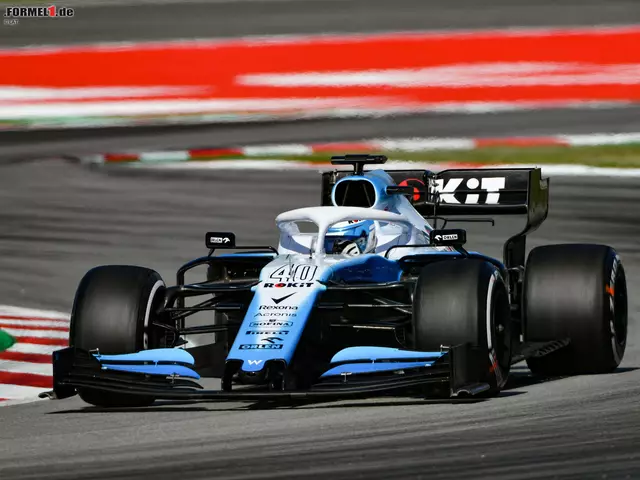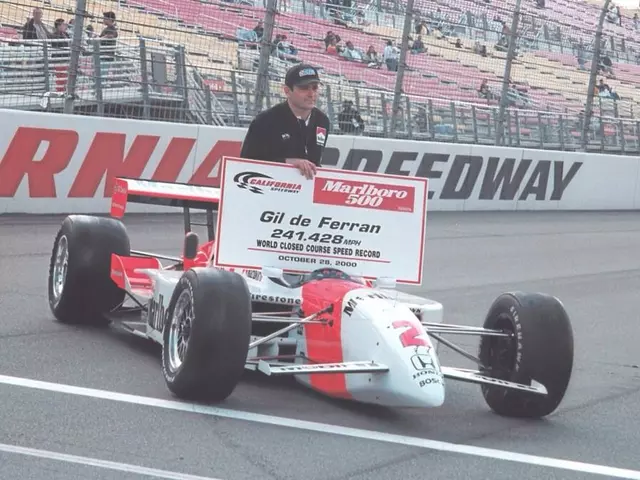Taste Difference: Why Flavors Aren’t the Same
Ever wonder why a chocolate bar from one brand feels richer than another, even though the ingredients look similar? The answer lies in the tiny details that change how our taste buds react. Understanding the taste difference helps you pick better food, enjoy cooking more, and even choose the right fuel for your Subaru when you’re on a road trip.
The Science Behind Taste
Our tongue has about 9,000 taste buds, each packed with receptors for sweet, salty, sour, bitter, and umami. When food hits those receptors, a signal shoots to the brain, which then decides whether the flavor is pleasant or not. Small changes – like a pinch of salt, a different type of sugar, or a slight variation in temperature – can flip the signal from “meh” to “wow.” That’s why two sauces that share the same base can taste completely different.
Beyond the five basic tastes, aroma plays a huge role. The nose can detect thousands of volatile compounds, and most of what we think of as “taste” is actually smell. That’s why a cold pizza smells less inviting than a hot slice; the heat releases more aromas, altering the perceived taste.
Practical Ways to Spot a Taste Difference
1. Slow down. Take a bite, let it sit for a few seconds, then chew slowly. The longer the food stays in your mouth, the more receptors engage, revealing hidden notes.
2. Use all senses. Look at the color, feel the texture, and sniff the dish before you bite. A bright orange carrot will taste sweeter than a pale one because our brain links color with flavor.
3. Compare side by side. Put two samples next to each other – think of two brands of peanut butter. Taste them in the same bite, then note the differences in salt level, sweetness, or creaminess.
4. Mind the temperature. Warm foods release more aroma molecules. Try the same chocolate at room temperature and slightly warmed; the flavor depth will jump.
5. Clean your palate. Between samples, sip water or eat a plain cracker. This resets your taste buds and prevents one flavor from overpowering the next.
Knowing these tricks makes you a better judge of quality, whether you’re tasting a new Subaru performance part’s paint finish or picking out a snack for a long rally. A fresh coat of paint might look similar to another, but the subtle hue shift can change the whole vibe of the car – just like a pinch of salt changes a sauce.
So the next time you notice a taste difference, remember it’s not magic. It’s science, temperature, aroma, and your own senses working together. Use the tips above, and you’ll start catching those tiny flavor gaps in everyday meals and even in the way you experience your favorite motorsport moments.







